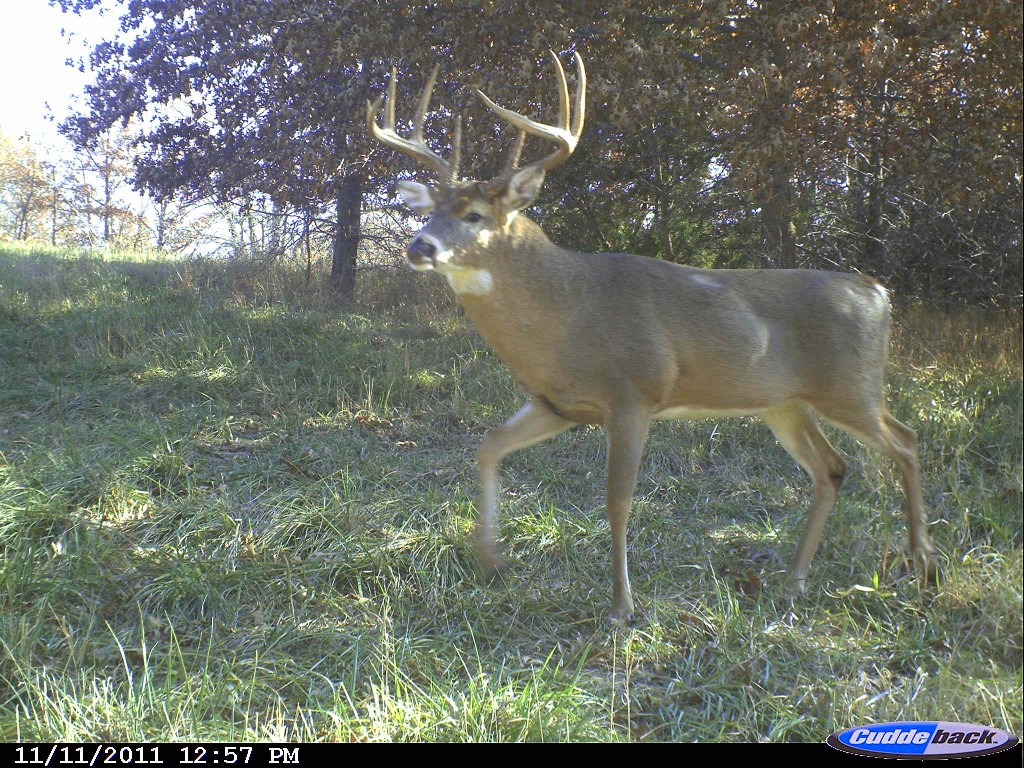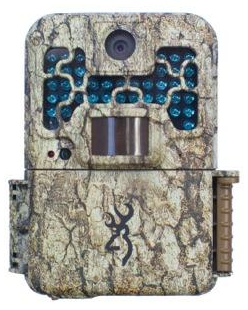
Have you started scouting yet to get a leg up on the buck you didn’t kill last season?
If not, you’re wasting time and burning daylight during a critical portion of the year that can reveal clues about late-season and post-rut activity of bucks and does.

Post-season camera surveys immediately after the end of the season can give you some insights on what bucks and does are doing after their late-season transitions. Putting boots on the ground now is a good idea, if you can, whether you’re shed hunting, small game hunting or just enjoying being outdoors while lookign for deer sign.
You may find old rubs you didn’t see earlier in the year or antlers that have been cast. In some parts of the Southeast, due to different factors, some hunters see the peak rut in late January and through February. Bucks chasing does in February? Sounds crazy to folks up north, but it’s true down in the Florida Panhandle and southern Alabama counties.
My season ended a couple of weeks ago. I know the batteries are fresh and SD cards are set in my Stealth Cam G30 and G42 No-Glo cameras so I’m looking forward to seeing what’s going on. The area I hunt has some weird timing for the peak rut and second rut activity along with a late antler cast, so chances are good I’ll still see some good bucks on camera.
Multiple Cameras Give You a Better Idea of What’s Happening! Get More and Be Aware!
Here are five things you can do right now to get the best game camera photos before you shift gears again in late spring or early summer:
Fresh Batteries and SD Cards
Switch out your batteries now with fresh ones so you don’t have any hiccups. Be sure your SD cards are large enough to handle video, if you’re using that feature on your camera, or a sizeable number of photos. And make sure you’re using the right size SD card. Last autumn I checked a camera and realized I’d inserted the “micro” card holder but didn’t have the micro card in it. Duh. That was stupid. Don’t make that mistake.
Move Your Cameras Where You Want Them
If you hunted certain areas on the right wind or at specific times and minimized your intrusion, now is the time to pop in and hang a camera. You’re not worried about busting a hunt and whatever scent you leave or noise you make will dissipate. Pop in, hang the camera and get gone.
Use Corn or Attractants to Bring Them In
Aside from carbohydrates helping with quick fuel right now, if you’re able to use a supplemental food source then do so now. Just like in spring or summer, a little corn or attractant helps get things rolling and can put bucks and does within camera range. Last year I put out some Heartland Wildlife Institute Autumn Addiction and Rack Maker Deer Block and got some solid photos. Later in summer I added a mineral lick and still have deer coming to it now.
Target Travel Routes to Bedding Areas
If you can’t use corn or an attractant, or know of an area deer use for bedding, hang cameras on known trails nearby. You may get a variety of images with different bucks and does, and possibly some that you didn’t know were in the area.
Don’ t Overlook Food Plots and Stands
Last December while hunting with Hadley Creek Outfitters in Pike County, Ill., we were targeting travel routes in the morning between feeding and bedding areas before hitting food plots in the afternoon. The peak of the rut was over but there still was some fighting and chasing going on. We saw a bunch of deer in the 3.5 days we were there but never could get a good buck within range of our Barnett crossbows.
Our guide gave me a shortcut to a plot blind for an afternoon hunt and the route took me through some hardwoods before skirting a field. Along the edge of the woods, and then on honey locust trees in the edge of the field, were several rubs.
“Did you notice the 4-by-4 post on the back of the blind had been rubbed?” my guide said when I told him that night about the rubs. I hadn’t seen it. “There must be a pretty good buck in there because he really got after it on that post.”
If your blinds have wooden posts, use those for your cameras. You may be surprised!

